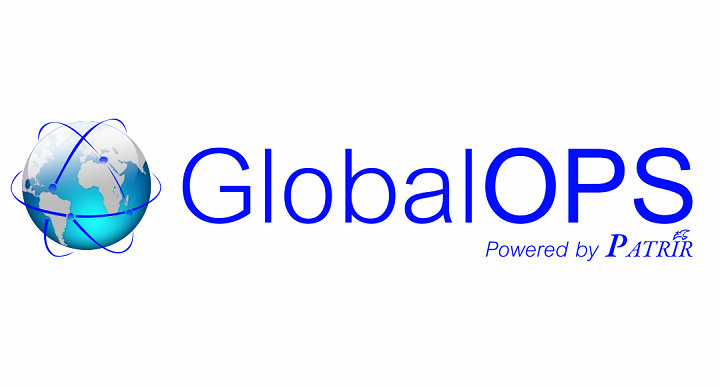Happy National Cyber Security Awareness Month too all you tech-savvy, Internet loving folk out there!
Let’s Celebrate — by examining The Berkman Center for Internet & Society at Harvard University’s October “2010 Circumvention Tool Usage Report” (CTU Report) — that examines the usage of web tools for circumventing Internet filtering.
In the age of censored Internet, web users dodge online repression via various filtering tools. As the CTU Report says: “Circumvention tools allow users to bypass Internet filtering to access content otherwise blocked by governments, workplaces, schools, or even the blocked sites themselves.”
According to the CTU Report: “Every type of circumvention tool provides the same basic functionality – proxying user connections to provide access to otherwise blocked sites.” However, although circumvention tools similarly all use proxy connections through third party sites, they all differ in performance and detail. The four main circumvention tools the CTU Report explains are: Blocking-Resistant Tools, Simple Web Proxies, VPN Services and HTTP/SOCKS Proxies.
Blocking-Resistant Tools “require the installation of a download” from the user but use the native web browser for online access. Working as conductors, these tools use Front-End Proxies to “proxy traffic back to the core proxy.” Server-Web Proxies, also known as Server-Side Applications, are accessed via web page form URLs. The proxy webpage returns the requested website to the online user via a proxy web server. It’s as easy as one, two, three — “To use the tool the user needs only visit the web page hosting the proxying web application.”
Simple Web Proxies, “initially targeted at students in the U.S. and other countries to bypass school filtering systems,” use similar tactics as Blocking-Resistant Tools and some operate in countries where the Internet is filtered by governments. Even though Simple Web Proxies are “commonly defenseless in the face of IP-based proxy blocking,” in terms of common censorship knowledge, the CTU report tells that if 1simpleproxy.com isn’t working — don’t fret! — try 2simpleproxy.com
Virtually Private Networks (VPN) use software to “encrypt and tunnel all Internet traffic through a proxy machine.” Once corporate in nature, VPNs have recently become commonplace, used by common everyday Internet users. In order to function, the VPN must be used outside the filtering country. VPNs sometimes require the installation of client-side software, but are also supported via Windows and/or MAC OSX. Not just for surfing the web — VPNs open-up access to email and chat services.
HTTP/SOCK proxies are “application level proxies that funnel network traffic through protocols designed to allow web traffic to pass through firewalls.” While HTTPs allow web browsers and servers to communicate through a proxy, SOCKS proxies TCP/IP traffic, which — unlike VPN service — require that “each application be configured individually to use the proxy.” Generally open to the public and free from client-side application, these HTTP/SOCKS proxies most commonly come in the form of IP addresses and port numbers. Though they are the most anonymous of the CTU Report’s four described circumvention tools, this also means they are untrustworthy.
For further details into how this particular research was conducted — methods used for measuring the use of three of these four circumvention tools — and its results, read the full CTU Report. Especially interesting to note, this study found that only 3% of all Internet users are using circumvention tools.
For further information on online censorship, check out the OpenNet Initiative — which identifies and documents Internet filtering and surveillance, in means to educate the public and promote dialogue.
Again, Happy National Cyber Security Awareness Month to all! And may awareness surrounding online safety and the dangers of censorship remain steadfast all year-round!
(Reference Notes: All italicized quotes and information regarding the four circumvention tools were taken from the CTU Report)



